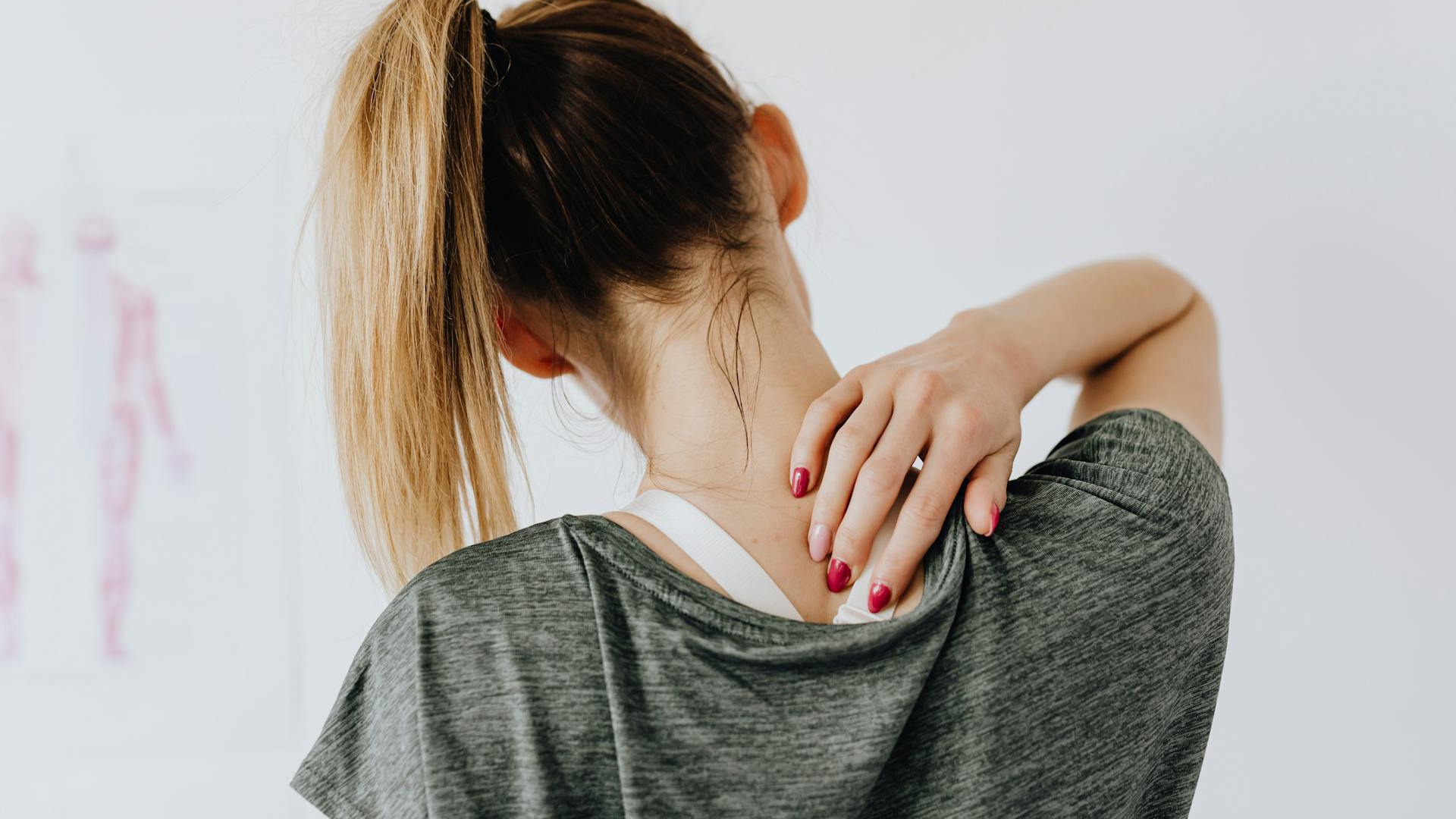The best massage school courses change the way learners think about health. Even very young children know that the heart pumps blood throughout the body. And the link between proper blood circulation and overall health is often a given among students at our massage school. Portland’s a pretty health-conscious place—it consistently lands near the top of “healthiest cities” lists. Yet even Rose City residents are often unaware of how the lymphatic system—a part of the body’s circulatory system—influences health. Today we’re introducing the lymphatic system. We’ll review its anatomy, functions, and why getting a massage at our Oregon massage school clinic can improve lymphatic health.
Lymphatic System Anatomy & Functions
The lymphatic system is ubiquitous in the body; it is as widespread as blood vessels. This complex network of tissues, vessels, and organs serves two main functions:
1. Maintaining Fluid Balance. The lymph system carries excess fluid away from tissues, thereby preventing swelling. This excess fluid is called lymph; it is clear and named after the Latin word lympha, meaning water.
2. Immunity. The lymph system distributes special disease-fighting cells called lymphocytes.
The lymphatic vessels serve to collect excess liquid and particulates. The heart must create high pressure to pump fresh, oxygenated blood to all cells in the body. Indeed, the heart pumps so hard that some of the blood—plasma and other fluids—gets pushed out of capillaries and into what is called interstitial spaces, the “in-between” tissue areas. Without the lymph system, this interstitial liquid would never be returned to the heart, as this exceptional video explains.
Lymph fluid contains lymphocytes, cell debris/waste, bacteria, viruses, fats, and protein. As lymph flows through lymphatic vessels, it passes through small clusters of organs, the lymph nodes. Each node contains defense cells, which filter and cleanse lymph, removing infectious agents. Once lymph has been cleaned in this way, it is transmitted to veins beneath the collarbones and returned to the heart. The tonsils, spleen, adenoids, and thymus are additional organs of the lymphatic system.
How Massage Improves Lymphatic Health
Receiving Lymph Drainage Massage, also known as Lymph Drainage Therapy (LDT) is an excellent way to take care of your lymphatic system. LMTs who specialize in this modality recommend one or two LDT massages at the beginning of the flu/cold season. Doing so can kick the immune system into gear while also increasing the production of white blood cells.
Lymph Drainage Massage provides the following additional benefits:
–Increased flow of lymph fluid, meaning improved ability to detoxify tissue and ward off infection.
–Increased count and performance of white blood cells.
–Decreased swelling and inflammation.
–Accelerated healing for injuries, such as sprained joints.
–Decreased congestion, especially in sinus cavities.
–A general sensation of feeling lighter and more energetic.
LDT massage is unique in that it features light, slow strokes toward the heart. (The lymphatic system moves in only one direction, toward the heart.) When providing lymph massage, LMTs focus on areas with multiple lymph nodes, including the neck, face, and inner arms. Clients who typically receive deep tissue massage may see this gentler form of massage as less effective. However, this manual therapy mimics the movement of lymph throughout the body, which occurs close to the surface of the skin. By mimicking the pulse and pressure of lymphatic flow, Lymphatic Drainage Massage improves the performance of the overall system.
To experience the benefits of lymphatic flow massage for yourself, schedule a session at our student/alumni massage clinic, and request this specialized massage modality when making your appointment.



